Simple Wine Tasting Techniques
to Feel like a Pro
Beginners are often intimidated on "How to taste wine?" at first.
Wine tasting techniques elaborated by wine experts can be confusing and give you the feeling that you need to take a 10 week class on how to taste wine!
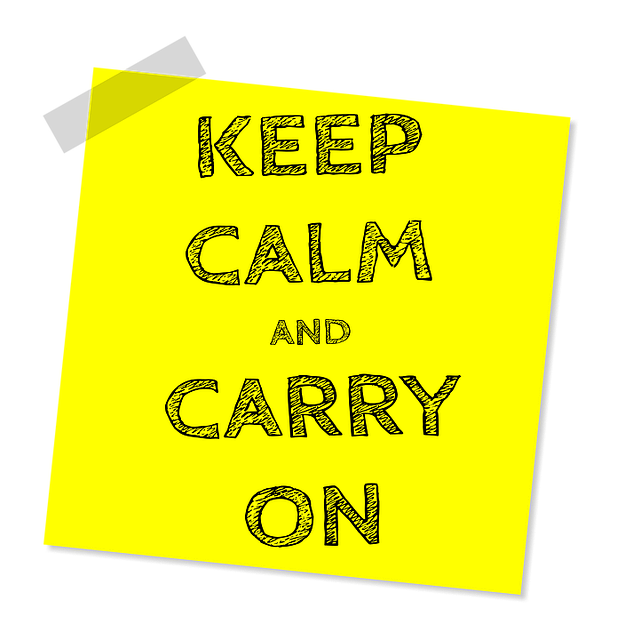
Relax! Keep in mind the basic principles outlined in this wine tasting guide, including simple methods to ensure your perceptions are unbiased for your own benefit and in all fairness to the wines. In other words, your tasting notes will be objective. Sensory folks call these procedures “Good sensory practices” or analytical tasting procedures.
Good sensory practices require uniformity and consistency in all aspects of the wine tasting techniques: same glassware, same wine volume per glass, same temperature of serving, same procedure.
The first three items were discussed in the Wine Tasting Basics section, where I also shared a different approach from what is classically taught in wine appreciation classes.
So how to taste wine? Rather than following the five Ss mantra “See, Swirl, Smell, Sip, and Savor!”, I recommend starting by smelling and finishing by seeing; in other words
“Smell, Swirl, Smell again, Sip, and See.”
Wine Tasting Techniques in Practice
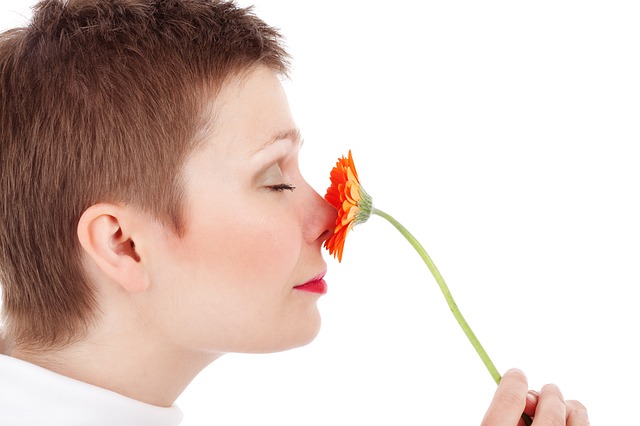
Smell the wine before and after swirling the glass; it enables you to experience a wide range of aromatic attributes.

Swirl : Aromas are evoked by volatile molecules that we can perceive more easily when swirling the glass. The liquid movement creates a vortex that facilitates the volatilization of these molecules.
Note that if you swirled 3 times one wine sample, then do the same for the other samples. Remember! Uniformity and consistency are the basics on how to taste wine objectively!
Beginners usually expects to smell the same aromas during the wine evaluation, and are often confused when they don’t, thinking that they wrongly described they first perceptions. NO! as the wine is swirled and temperature rises, different aromatic compounds will become volatiles, leading to smelling different aromas.

Sip: Tasting consistently the same volume of wine (about a Tbsp/15 ML) for each sip will enable a fair comparison between the wine samples.
If you take a large amount of one sample and have a small sip of the second one, then the intensity of similar perceptions will differ, and the first one may be perceived “stronger” (i.e. more intense in a given perception) than the second one.
Swallow or spit? Again, whatever your choice is, you have to keep the same way of doing to be consistent. I highly recommend expectorating (i.e. spitting) to decrease the alcohol intake. It's a good habit to take and this will help you stay objective.
Many beginners are uncomfortable spitting out wine, especially in front of others. When I train tasters, I usually make a demonstration on how to spit out in a spittoon to make them at ease. Really, it is not different to spitting rinsing water after brushing your teeth.
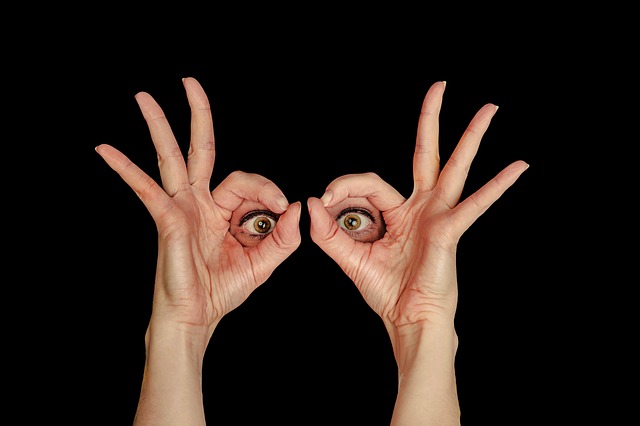
See: Wine color and appearance provide cues that can lead us to expect specific aromatic or taste attributes. This is why I recommend to evaluate wine appearance independently from the other modalities to ensure that tasting remains objective. If this is not possible, then, do it after you have completed the other evaluations.
Wine color and physical appearance are assessed against a white background and under natural light to remove any other visual interferences.
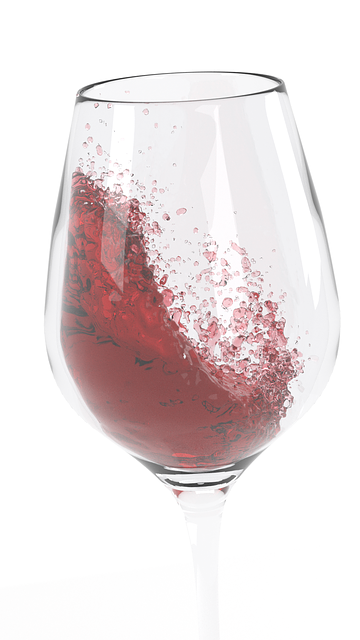
Specific lexicons have been developed by wine professionals. Color palettes have been also proposed, some academics even suggesting to use paint chips as references to help tasters describe wine colours.
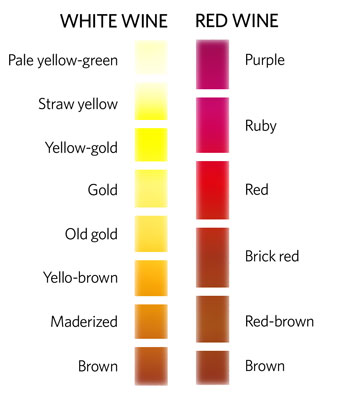
Other Wine Tasting Techniques to Consider
Keeping tasting notes is a good habit to take when you learn how to taste wine. This is important to refer back to previous tasting experiences of the same wine or similar styles or similar regions. There are many formats available of tasting sheets that you can use as is or customize to your needs.
Digital apps are developing at a fast rate and can be an excellent option as well.
Learn more about the importance of taking Wine Tasting Notes.
Notes usually involves describing your perceptions when assessing the wine. Novice tasters usually lack of vocabulary; this wine tasting guide gives you some tips on how to enlarge your wine tasting terms and engage with confidence in a wine talk.
Tasting wine samples blind (i.e. glasses are coded with a 3-digit code label) and following a different presentation order are recommended to minimize information biases, contrast and carry-over effects.
The wine tasting techniques I just outlined are quite different from traditional wine appreciation guides, however they are the only way to ensure an objective evaluation of the wines.
Applying these wine tasting techniques requires good organizational skills but can change your overall tasting experience, not to say that it will impress your guests!
Home > Tasting Basics > Wine Tasting Techniques




